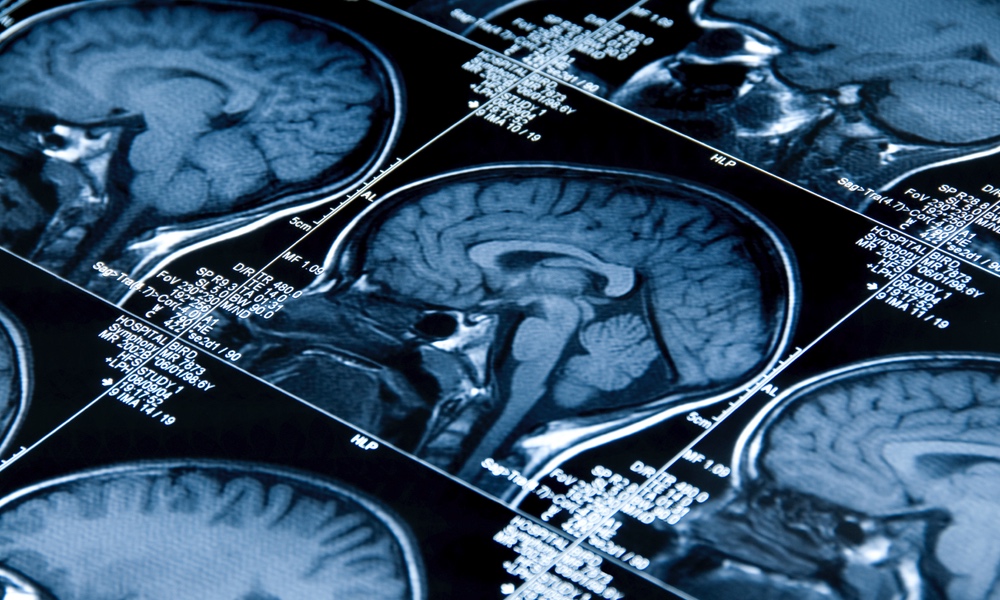You are what you eat, the old saying goes. If only it was that simple. Over the past years, we have learned that your particular intestinal bacteria, the microbiome, impacts how the food you eat is digested and absorbed. And now, in a new study, scientists at Stanford, have begun outlining a roadmap of your gut — the specific neighborhoods of cells that populate your digestive system and likely exert influence how the foods you eat are processed in cooperation with the microbiome.
Cellular neighborhoods are made up of different quantities of cell types with specific functions. “This is the first time anyone has made a spatial map of the intestine at the single-cell level,” Stanford professor and co-senior author of the research, Michael Snyder, said. “It was a bit like exploring a new planet, in that we didn’t know exactly what cell types we would find or how they would be organized.”
Researchers from multiple U.S. laboratories and institutions contributed to the new mapping effort, part of the Human BioMolecular Atlas Program founded by the National Institutes of Health. Scientists in the program aim to create a comprehensive cellular map of the human body.Overweight or obese donors, those with higher body mass index, had a greatly increased number of a type of immune cell associated with inflammation.
“Our maps are intended to be a reference for a healthy intestine, with which we can compare everything from irritable bowel disease to early-stage colon cancer,” said Snyder, the Stanford W. Ascherman Professor in Genetics. “This will be foundational for our understanding of all kinds of digestive diseases.”
The intestine, especially the small intestine is very long. Approximately 20 feet long. Along its walls, fingerlike projections — villi — maximize surface area so that the absorption and digestion of nutrients from food and fluids with help of good bacteria can proceed efficiently.
More than one intestinal cell type is involved along the 20-foot route. There are epithelial cells that line the intestinal walls, connective tissue cells, nerve cells and immune cells. The new maps enable the scientists to pinpoint where each cell type is located and which other cells they associate with.
“Looking at the presence or absence of a single cell doesn’t tell you much,” said Garry Nolan, a professor of pathology, who led the research along with Snyder, the director of the Center for Genomics and Personalized Medicine, and William Greenleaf, professor of genetics. “It’s how cells are grouped together that defines their functionality.”
Smooth muscle cells (which control involuntary movements) are, for example, more common toward the end of the colon, while other neighborhoods composed primarily of immune cells became less common. The new maps also revealed some interesting clinical connections. Overweight or obese donors, those with higher body mass index (BMI), had a greatly increased number of M1 macrophages, a type of immune cell associated with inflammation.
“People who have a higher body mass index, especially above certain levels, are known to have higher risk for gastrointestinal disease,” Hickey said. “Many of those diseases are associated with chronic inflammation. Even though these donors didn’t have a history of GI disease, the increase in macrophages could be an indicator of a pre-disease process.”
Donors with a history of high blood pressure had fewer immune cells of a different type, called CD8 T cells, which seek out and destroy possible cancer cells. The mapping allowed the researchers to see that the CD8 T cells were missing from one particular neighborhood within the epithelial cells lining the intestine.
“This was an unexpected but important result,” Hickey said, “because we know the immune system plays a role in preventing cancer by pruning out malignant cells. If you have fewer CD8 T cells, you might have a higher risk of cancer.” Indeed, research has shown that patients with hypertension are more likely to develop colorectal cancer.
The scientists also hope to map the intestine in three dimensions, which will help them better visualize the architectural arrangement of nerves and blood vessels in the healthy intestine. As Nolan put it, “You can’t understand dysfunction until you understand what’s normal.”
The study is published in Nature.





